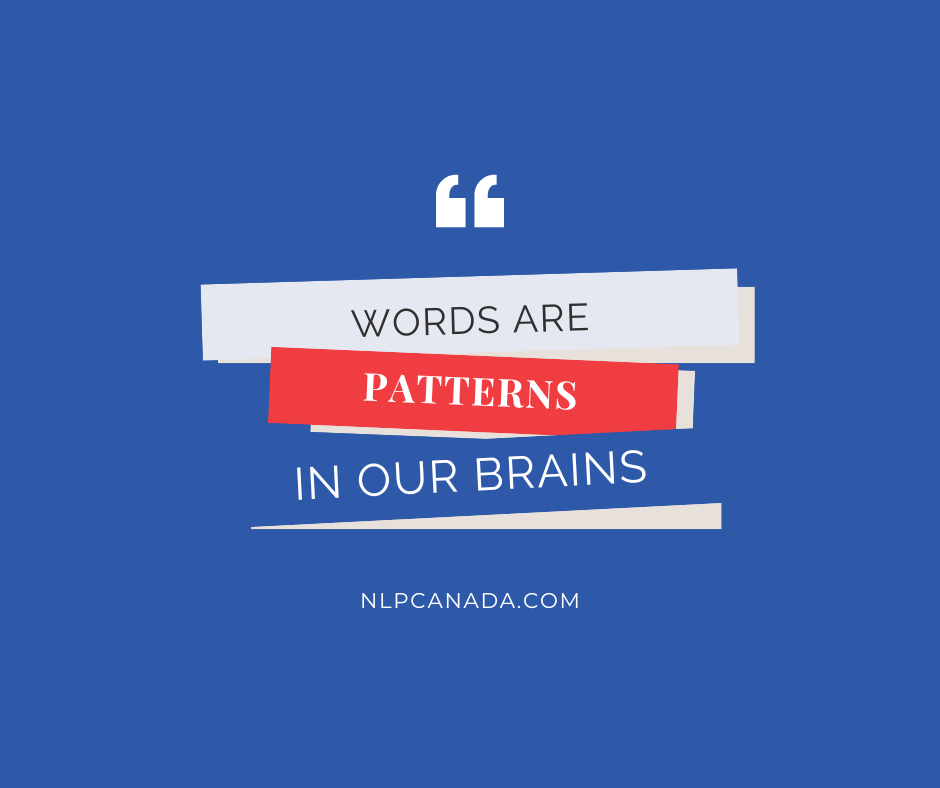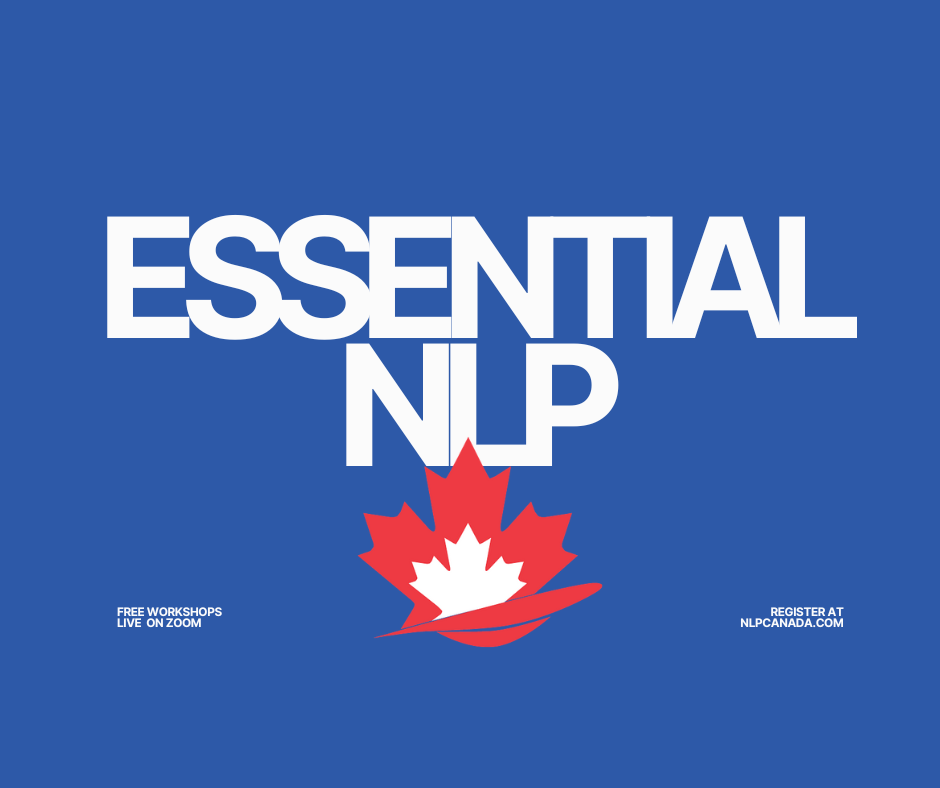Often people think about rapport in terms of making a connection with a stranger. But it’s not very hard to connect with a stranger: without history and without strong feelings, we are free to reflect and connect.
It’s much harder when we want to use a connection to build a longer term relationship, whether at home, in the community, or at work. The problem is that we jump so quickly into a shared state, we lose track of what we want and why it matters. That means the strongest state in the connection will dominate, and it’s not always helpful. We’ve all started out wanting to connect and ended up arguing.
A better connection builds relationship when you periodically check in with why the relationship matters to you, why it matters to them, and what would change if your relationship were better. Do you want more fun, more understanding, more flexibility, or more productivity? What small changes will be the first signs that you are building what you want to build?
Once you are clear about what you want, it’s useful to take a quick inventory of who is connecting and what you are doing in connection. Human beings take on different roles and embody different values. We do different tasks using different skills. In a relationship, you have experienced each other at different times doing different things to serve different roles and values. Which role will you be in when you meet next and what will you– both of you–be trying to accomplish by connecting?
It’s easy to lose track of your why in the middle of a relationship. When you take a moment to connect to it, you’ll know what to look for as you encounter the other person. You can match and mirror, but you’ll really give them your full, engaged attention when you observe the skills or values important to meeting your goals.
Relationships grow when two people have good reasons for connecting and pay attention to the way those good reasons are being played out in their connection. When you know what you want, it’s much easier to find it.


